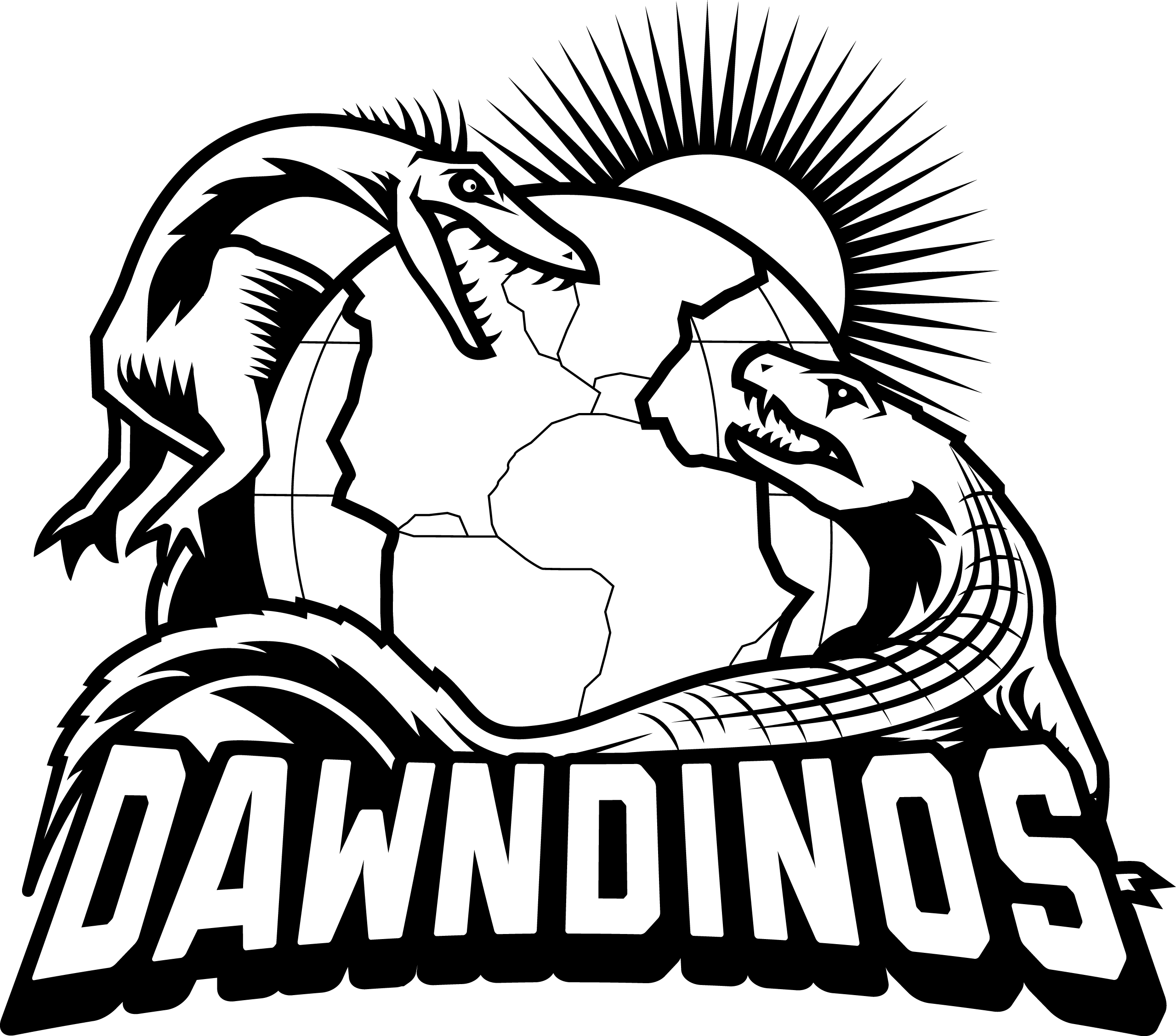XROMM (X-ray Reconstruction of Moving Morphology)
Measuring how the skeleton moves in animals is done using a technique called XROMM. This is an advanced technique, using specialized equipment, which allows for precise measurements of skeletal positions and motions (for more information, see www.xromm.org). XROMM has revolutionized the study of animal biomechanics and behaviour, especially recently with advances in computational measurements as well as 3D imaging and animation.
The principle of XROMM is similar to getting an X-ray of a broken bone at the hospital, but XROMM uses a rapid succession of x-ray ‘photos’ to create a high-speed video of the skeleton in motion. By using two high-speed x-ray video cameras at the same time from two different sides, we can measure the positions of the bones in a 3D space.
We then combine our measurements of bone positions with a 3D scan of the skeleton, and animate the skeleton to match the bone motions.
The combination of all these measurements allows us to learn precisely what the skeleton is doing in 3D space, at high speed, while standing, walking, running, jumping and turning.
XROMM video of a walking tinamou bird (Eudromia elegans) from the DAWNDINOS project.
EMGs (electromyograms) and forceplates
Equally important is to know how the muscles are acting on the skeleton to make these movements happen or control them. This is why we use electromyography (EMGs) and forceplates.
Forceplates allow us to measure the forces that the limbs apply to the ground during standing and moving. Those forces are incurred by muscle activity, gravity, inertia and more. They are measured noninvasively.
EMGs allow us to measure when a muscle is active (switched on by the nervous system) or not. This helps to determine what a muscle does during a particular movement. For instance, if a muscle is only active when standing up and jumping, it is mainly involved in pushing the animal off the ground, rather than swinging the limbs through the air when off the ground.
High-speed video recording
In addition, we also use high-speed video recording of the movement behaviours. This allows us to accurately study how exactly the animal positions itself in slow motion.
Pushing the frontiers of experimental and computational analysis
Increasingly sophisticated computer software, including SIMM http://www.musculographics.com/ and OpenSim http://opensim.stanford.edu/, extends the feasible range of mathematical modelling. This study pushes the frontiers of experimental and computational analysis of movement by combining detailed experimental measurements with modern digital tools, to predict how form and function are coordinated to optimize performance.
Once we have collected our experimental data we will use our simulation tools to predict how eleven Triassic (or early Jurassic) archosaurs (dinosaurs and their cousins; quadrupeds and bipeds of disparate forms) may have moved, and to compare how their performance in the five behaviours (standing, walking, running, jumping and turning) related to locomotor traits, testing if the results fit expected patterns for “locomotor superiority.”

